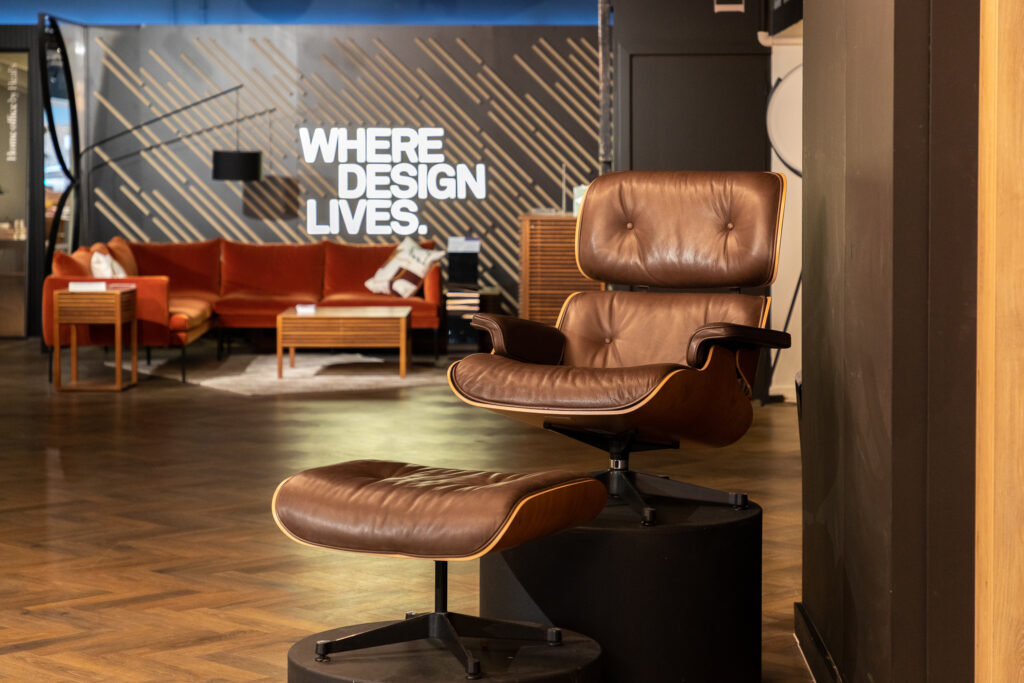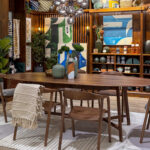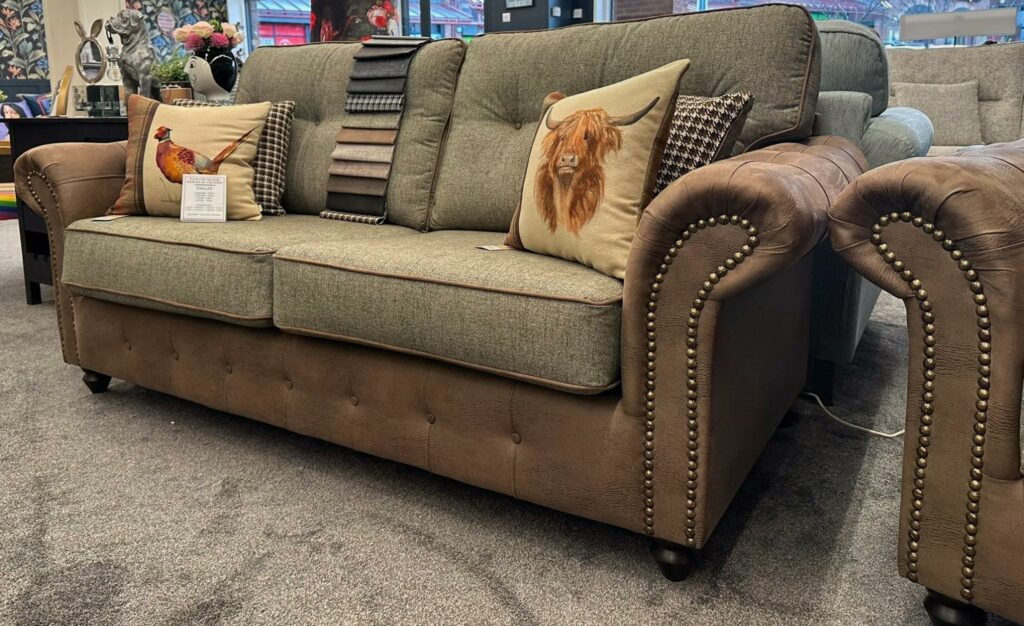London’s oldest furniture retailer, Heal’s has released an exclusive piece of research dating back 60 years, offering an insight into the transformation of the modern home alongside the reopening of its flagship store.
In 1960, as one of the first UK retailers to conduct customer research, Heal’s found that only two in five homes at the time had a washing machine, three in four owned a refrigerator, and four in five had a landline telephone.
Six decades later, newly-commissioned research has found that 97% of the population now considers the fridge a must-have item for their home, whilst other ‘essentials’ included a king size bed for one in four people, and a Smart TV for 42% of those surveyed.
With almost half of the UK’s employees now hybrid working, three in four homes also consider a desk to be the most practical piece, whilst the majority (92%) of people view ice machines and home cinema systems as unnecessary luxuries.
Meanwhile, when shopping for their interiors, millennials were most likely to be influenced by social media trends, compared to over 55s, who prioritised practicality, quality craftsmanship, and functionality.
While interior trends have evolved through the decades, Heal’s has witnessed the importance of design longevity, having been the first to introduce some of the most iconic furnishings to UK consumers over the last two centuries.
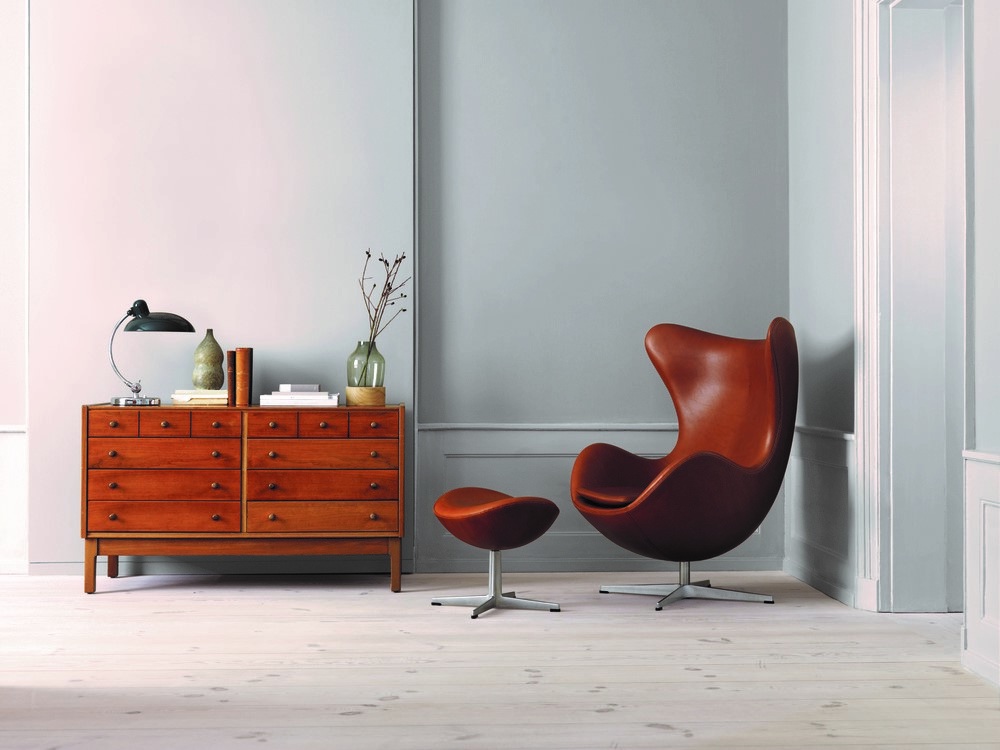
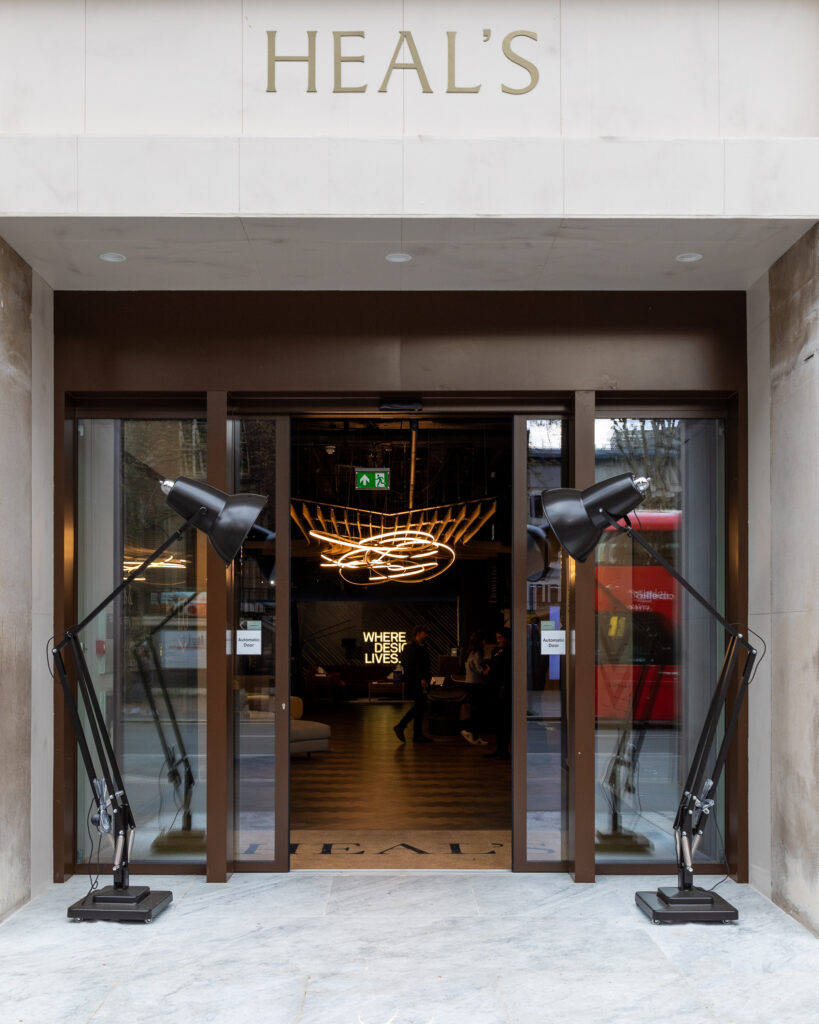
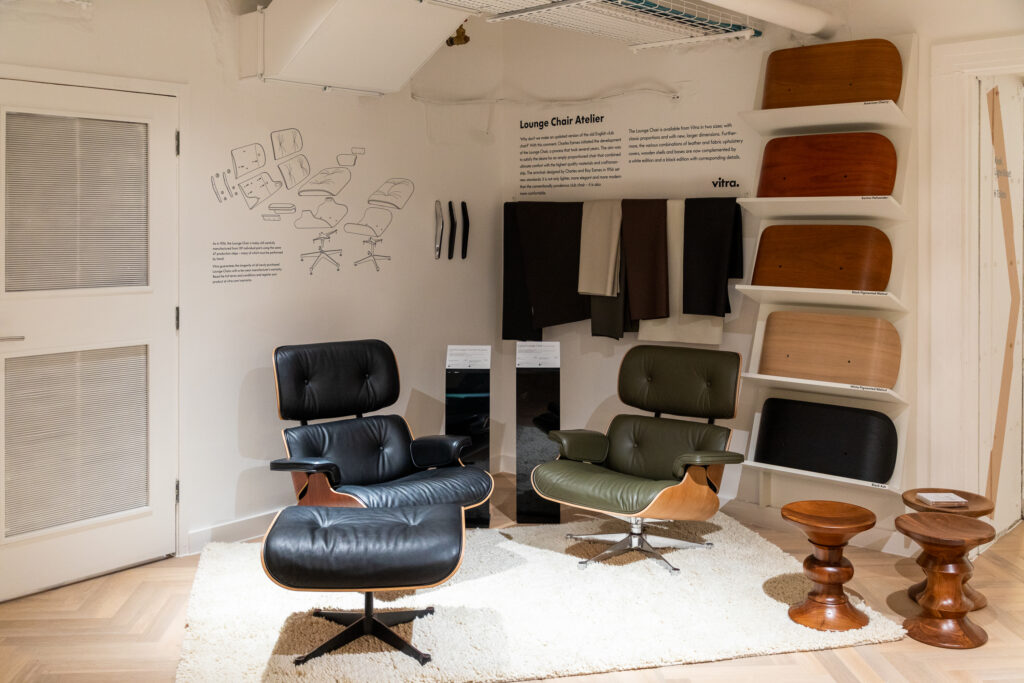
First released in the 1930s, the illustrious Anglepoise lamp by British car suspension designer, George Carwardine, has today been identified by those surveyed as the most recognisable piece of home furnishings, whilst the most desired icon for the UK home, was named as the Egg chair by Arne Jacobsen – originally launched in 1958. This was followed by the Eames lounge chair (1956) and LC4 chaise longue, which was developed in 1928.
British historian, broadcaster and filmmaker, Professor David Olusoga, commented: “When we talk about history, we are taught to understand the role of past wars and the previous kings and queens on contemporary society. Often overlooked is the way that these events have influenced the fabric of the way we live, and the impact this has had within our home.
“In 1953, the Queen’s Coronation was a historic moment as Britain’s first major televised event, and one that changed the dynamic of the home overnight. It led to millions buying their first television, which replaced the fireplace as the focal point of the room, and the concept of positioning our sofas for the best TV vantage point remains to this day. As we look forward to celebrating the King’s Coronation, this is an opportunity to reflect on how attitudes and purchases around the home have changed over the last 70 years.
“Representing a pivotal moment in modern society, the recent surge in remote working has now seen the desk crowned as the most practical piece for today’s home. However, as coveted furniture icons stand the test time, transcending not only evolving trends and wider societal influences, but also changes in the demands placed on our interiors, the nation’s respect for quality craftsmanship and unique design is clear.
“For me, the Anglepoise lamp by George Carwardine is the epitome of elegant yet functional design, and despite celebrating its 90th birthday this year, it remains the UK’s most recognisable product for the home. Meanwhile, Arne Jacobsen’s 1958 Egg chair has been named the nation’s most sought-after piece, with a shape so iconic and likeable, it would sit proud in most homes across the country.
“As one of the first retailers to bring these to the British consumer, it would be remiss not to acknowledge the part that Heal’s has played over the years in introducing cutting edge designs to new generations, particularly as it continues to support innovative work and collaborate with established designers and up-and-coming talent.”
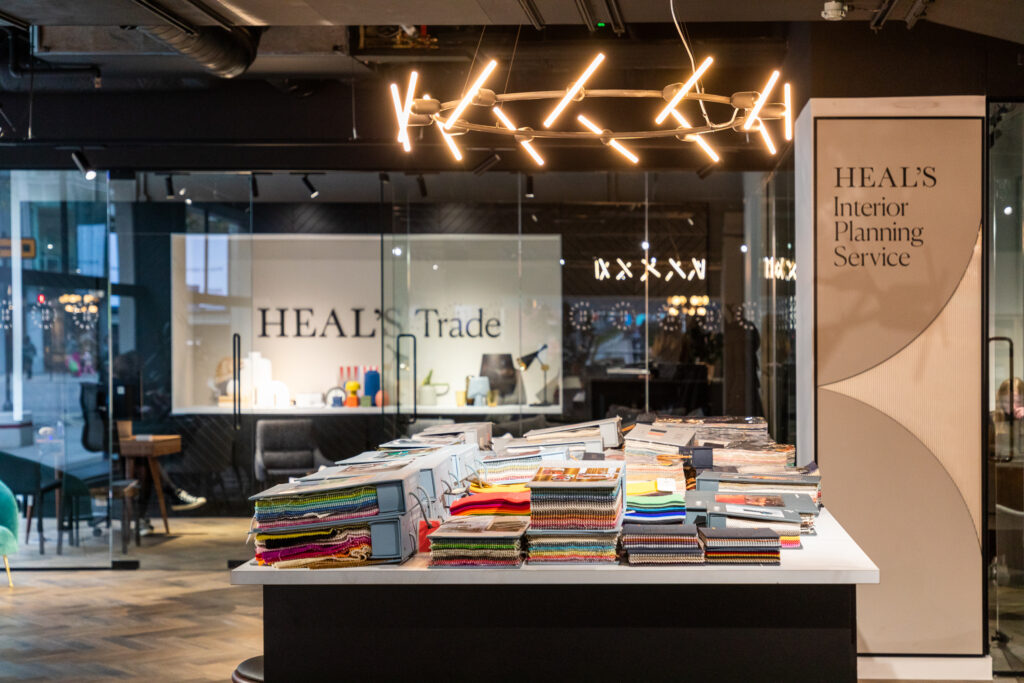
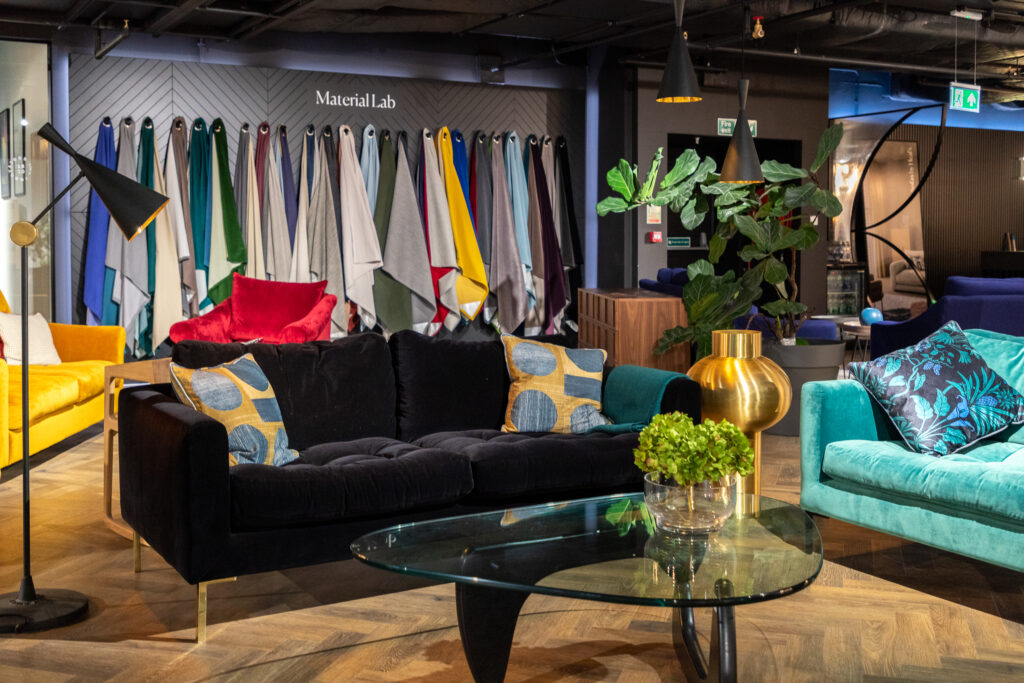
Hamish Mansbridge, CEO of Heal’s, added: “Having influenced British interiors since 1810, we have witnessed first hand how trends can evolve, not just in design, but also in our expectations of the home. Having analysed our research, and putting it into the context of modern history, it is fitting that David’s family has its own Heal’s story, with his mother-in-law, Diane, having been part of Heal’s Fabrics’ design team back in the ‘60s. It is stories like these that make us proud to be custodians of such a British institution, which has shaped the way so many people live today.”
The comparable archive and newly-commissioned research comes as Heal’s reopens the doors to its new-look flagship store on Tottenham Court Road, where it has anchored London’s “furniture street” since 1818. Its original customer survey influenced the layout of a major store extension in 1962, which Heal’s vacated more than 40 years ago and is now reclaiming.
The renovation of the site has been purposefully designed to reconnect the two spaces in a way that pays homage to Heal’s’ legacy and respects the value of the Grade II listed building, whilst reinventing the shopping experience for a modern audience.
The redevelopment takes the showroom, which officially reopened on Friday 28 April 2023, to over 49,000sqft across two floors, doubling its store frontage and enhancing its street-level presence. Inside, the store features a more comprehensive edit of global design brands alongside its own collections, including iconic furnishings such as the Anglepoise lamp, Egg chair, LC4 chaise longue, Eames lounge chair, Togo sofa and Saarinen Tulip table.
As one of the central focusses to the new store, a bespoke staircase has been designed by one of the most esteemed furniture makers and long-time Heal’s collaborator, Matthew Hilton. The installation is intended to seamlessly link the basement and ground floor, where customers will be able to browse the latest additions to Heal’s roster of global design brands, including new additions Zanotta, HAY Furniture, GUBI, Carpe Diem and Case Furniture. Joining London’s most photographed staircase at the heart of the building – the famous 1919 Cecil Brewer spiral design, and Sir Edward Maufe’s Lenscrete creation, which was central to the store’s southern extension in 1936, Hilton’s new addition will complete an iconic trio of statement staircases.
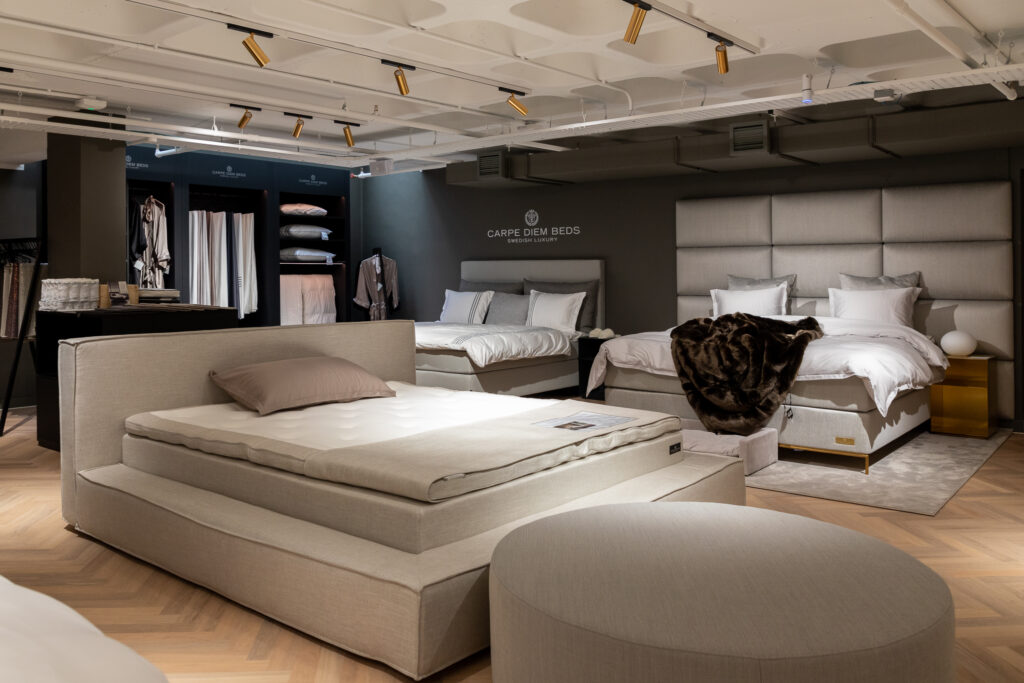
As part of the relaunch, Heal’s has also announced a long-term partnership with creative learning platform, Create Academy, to host an exclusive run of workshops throughout the year with the first successful session taking place alongside London Craft Week last month.
Hamish commented: “We are delighted to have opened the doors to our new-look Tottenham Court Road flagship, which has been at the heart of Heal’s since our predecessors first took up residence on the street back in 1818.
“It is a privilege to reclaim the Fitzroy Robinson extension on the north of the building after more than 40 years. Our extended fascia, which now runs all the way from Alfred Mews to Torrington Place, is particularly impressive and symbolic of Heal’s returning to its rightful place.
“The renovation has been incredibly well received, not only by customers, but also from the friends and family of the business, who fondly remember the original space when it was purpose built for Heal’s in 1962.
“Boasting a newly created statement central entrance, it has been fantastic to see the store come to life with features including a giant light installation of our bestselling Ribbon pendant, and an elevated experience for shoppers seeking the best product inspiration for their homes.
“We hope our customers will enjoy browsing the new store, which pays homage to Heal’s’ rich heritage and the original features of our building, whilst continuing to showcase an unrivalled edit of leading brands and design icons. We’re also looking forward to revealing more exciting updates in the coming months.
“We are proud of our role as London’s original furniture retailer, and in returning to Fitzroy Robinson’s north extension, we’re not only illustrating our commitment to bricks and mortar retail, but also to Tottenham Court Road, re-establishing it as London’s furniture street.”


